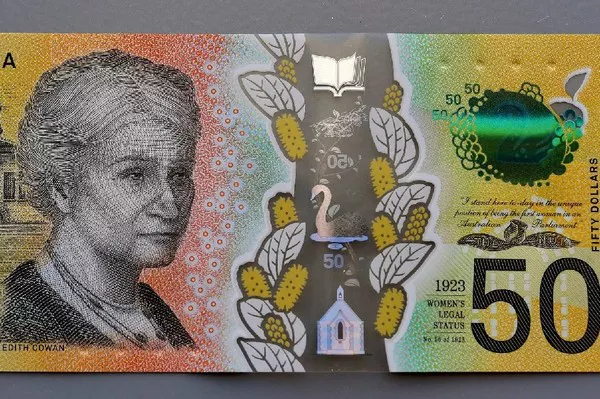The Australian Dollar (AUD) is making a notable recovery on Wednesday after experiencing a decline of more than 0.50% against the US Dollar (USD) in the previous trading session. The AUD/USD pair saw upward movement following the release of crucial economic data from both Australia and China.
According to the Australian Bureau of Statistics (ABS), Australia’s Consumer Price Index (CPI) rose by 0.9% in the first quarter of 2025 compared to the previous quarter, significantly surpassing the 0.2% increase recorded in Q4 2024 and exceeding market expectations of a 0.8% rise. On an annual basis, CPI increased by 2.4%, surpassing the anticipated 2.2%.
Australia’s monthly CPI remained steady, registering a 2.4% year-over-year increase in March. Meanwhile, the Reserve Bank of Australia‘s (RBA) Trimmed Mean CPI grew by 2.9% year-over-year for Q1, aligning with expectations. The quarterly figure also met forecasts at 0.7%.
In China, the National Bureau of Statistics (NBS) reported a dip in the Manufacturing Purchasing Managers’ Index (PMI), which fell to 49.0 in April, down from 50.5 in March. This marked a return to contraction, falling short of the consensus estimate of 49.9. The Non-Manufacturing PMI also weakened, easing to 50.4 in April from 50.8 in March, missing the expected 50.7.
Despite these positive economic figures, the AUD faces challenges from ongoing global trade uncertainties, dampening investor sentiment. Inflationary pressures in Australia have reduced expectations of further monetary easing by the RBA, as markets widely predict a 25-basis-point rate cut in May. This move comes amid concerns over potential economic fallout from new US tariffs.
The US Dollar Index (DXY), which tracks the USD against six major currencies, remains above the 99.00 level. Market attention now shifts to the US Personal Consumption Expenditures (PCE) Price Index report for March, set to be released later on Wednesday.
On the US front, the Bureau of Labor Statistics reported a drop in Job Openings and Labor Turnover Survey (JOLTS) openings to 7.19 million in March, down from a revised 7.48 million in February, reflecting weakening labor demand amid growing economic uncertainty.
Meanwhile, geopolitical developments are influencing market sentiment. US President Donald Trump signaled a willingness to reduce Chinese tariffs, while Beijing exempted certain US goods from its own hefty levies. Despite this, China’s foreign ministry denied any ongoing negotiations, emphasizing that no tariff discussions are currently taking place between the two countries.
On the technical side, the AUD/USD pair is currently hovering around 0.6390. The daily chart suggests a bullish outlook, with the pair trading above the nine-day Exponential Moving Average (EMA), and the 14-day Relative Strength Index (RSI) well above the 50 level, indicating sustained upward momentum.
Immediate resistance for the AUD/USD pair is seen at 0.6449, the recent four-month high reached on April 29. A break above this level could lead to further gains, with the next target at 0.6515, a five-month high. On the downside, support is at the nine-day EMA level of 0.6382, followed by the 50-day EMA at 0.6314. A drop below these levels could expose the pair to deeper losses, potentially testing the March 2020 low near 0.5914.
Related Topics:
- What Does a High Australian Dollar Mean?
- Is the AUD to Euro Going to Improve?
- How Do You Identify Australian Money?


